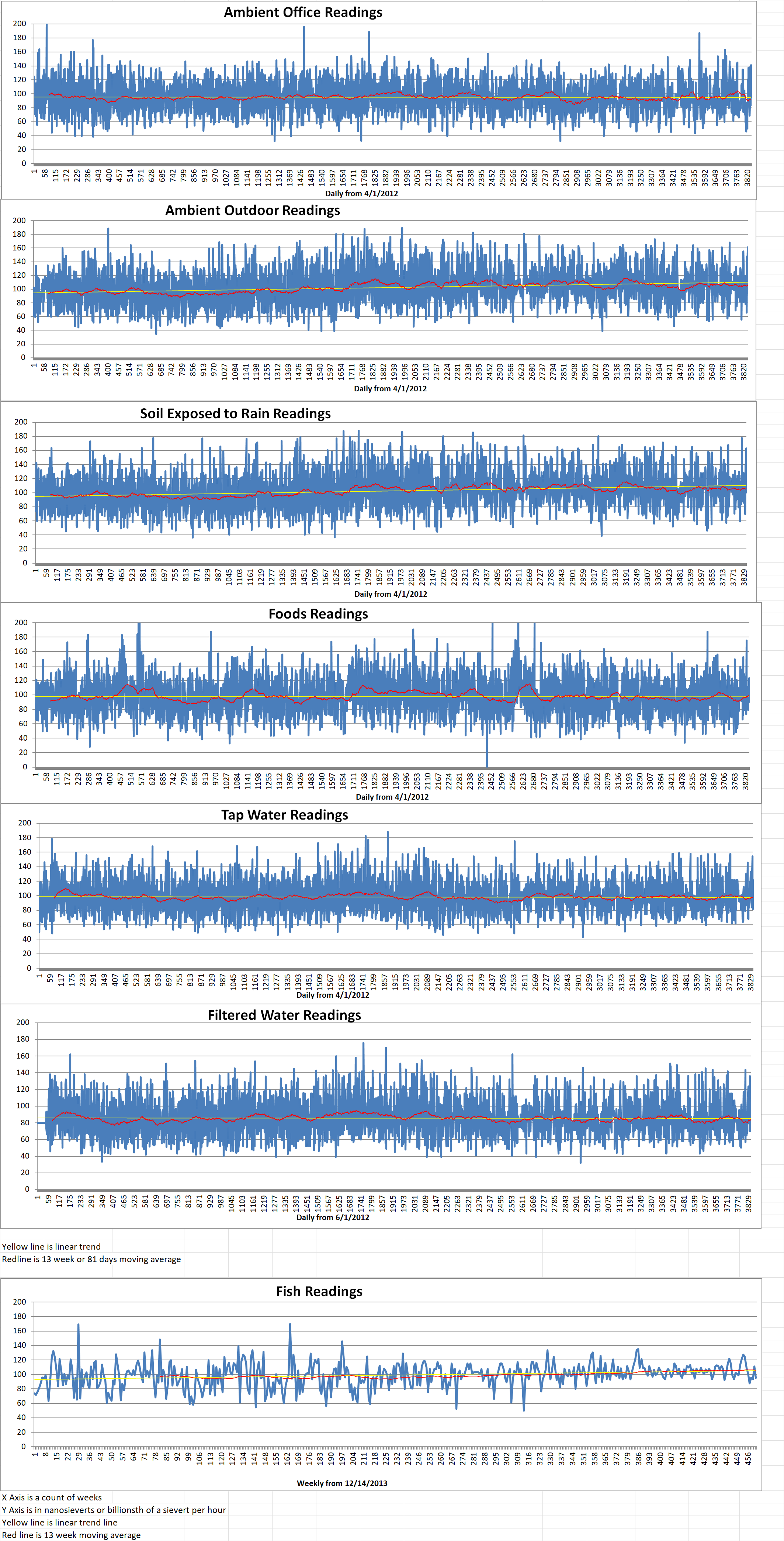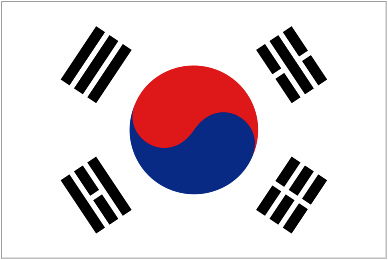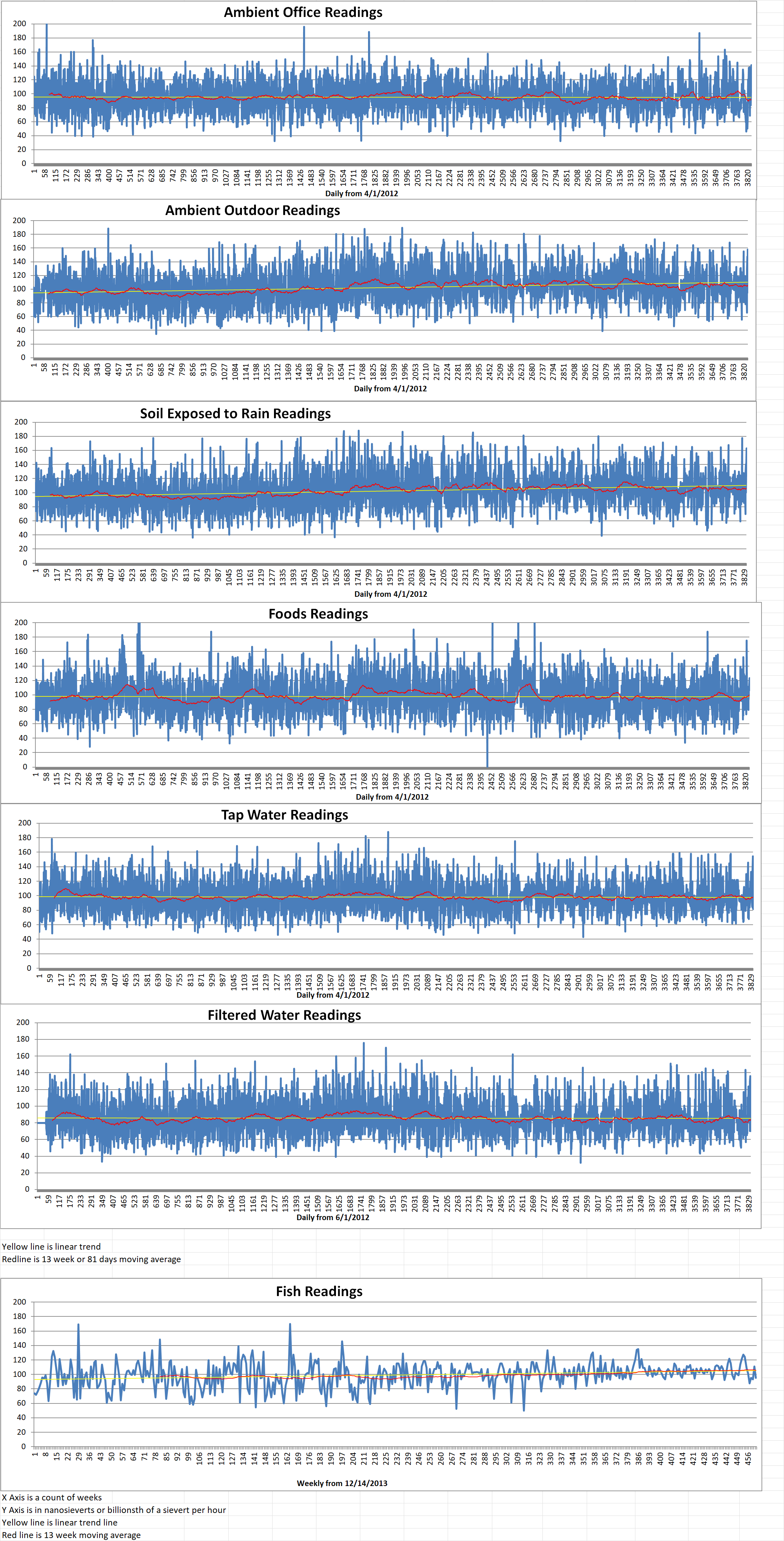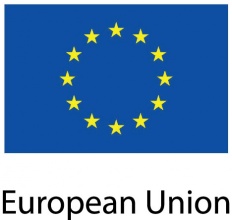Part 2 of 2 Parts (Please read Part 1 first)
While some observers claim that Yoon’s comments in the newspaper interview didn’t reveal much about new developments on the issue, Moon said that Yoon might have attempted to emphasize efforts to boost the effectiveness of the U.S. extended deterrence because N.K. is escalating its nuclear threats against S.K. In the interview, Yoon said that he finds it difficult to assure his people of a security guarantee with the apparent levels of U.S. security commitment.
Park Won Gon is a professor at Ewha Womans University. He said, “This is an unnecessary dispute. Neither side was talking inaccurately. The extended deterrence is a commitment and a promise but not a treaty or a binding one. For S.K., they trust the U.S. but think there should be ways to institutionalize it because North Korea’s nuclear threats are rising. To do so, (the joint) planning and execution are the key.”
S.K. has no nuclear weapons and is under the protection of a U.S. “nuclear umbrella.” This guarantees a devastating U.S. response in the event of an attack on S.K. However, some experts question the effectiveness of such a security commitment. They say that the decision to use U.S. nuclear weapons lies entirely with the U.S. president.
Last year, N.K. test-launched over seventy ballistic and other missiles capable of reaching S.K., Japan, and even the U.S. mainline. Last September, N.K. also adopted a new law that authorized the preemptive use of nuclear weapons in a broad ranges of cases, including non-war scenarios.
During a recent ruling party meeting, N.K. leader Kim Jong Un ordered the “exponential” expansion of his country’s nuclear arsenal. The new law also provides for the mass-production of tactical nuclear weapons for use in an attack on S.K. Kim also mentioned the development of a new ICBM capable of a “quick nuclear counter strike”.
Last Wednesday, Yoon ordered S.K. officials to consider cancelling a tension-reduction deal with N.K. if the North launches provocations that violate S.K.’s territory. A report on Yoon’s orders said that he issued the instructions during a meeting to discuss N.K.’s recent flying of drones that Yoon says crossed the DMZ for the first time in five years.
Yoon’s office did not provide many details about his government’s discussions with the U.S. Some observers say that S.K. is trying to obtain a greater role in the U.S. decision-making process on the deployment of its nuclear assets in times of tension with N.K.
Kim Taewoo is the former head of S.K.’s Korea Institute for National Unification. He said that the reported S.K-U.S. discussion probably “benchmarked a NATO-style nuclear-sharing arrangement” that allows NATO member states’ warplanes to carry U.S nuclear weapons. He also remarked that the discussion still appears to be falling short of the NATO arrangement because possible nuclear exercises between the two countries would probably be S.K. Air Force aircraft escorting U.S. aircraft simulating nuclear strikes on N.K. during joint drills. Taewoo said, “North Korea would take this sensitively. (South Korea and the U.S.) are discussing this to get North Korea to take this sensitively … because that can be a deterrence against North Korea.”
Blog
-

Nulcear Weapons 806 – Debate Over U.S. Commitment To South Korean Security – Part 2 of 2 Parts
-
Nuclear News Roundup Jan 05, 2022
Russia has ground-, air-, and sea-based nuclear weapons carriers in Crimea Ukrinform.net
Finnish nuclear output hits record 24.3 TWh in 2022 montelnews.com
Contracts for Ignalina dismantling technology world-nuclear-news.org
Russia to Sail Hypersonic Missiles Into Atlantic Ocean in Clear Affront to U.S. usnews.com
-

Geiger Readings for Jan 05, 2022
Ambient office = 95 nanosieverts per hour
Ambient outside = 161 nanosieverts per hour
Soil exposed to rain water = 158 nanosieverts per hour
Russet potato from Central Market = 91 nanosieverts per hour
Tap water = 98 nanosieverts per hour
Filter water = 91 nanosieverts per hour
-

Nulcear Weapons 805 – Debate Over U.S. Commitment To South Korean Security – Part 1 of 2 Parts
Part 1 of 2 Parts
Talks with the U.S. on management of U.S. nuclear weapons on the Korean Peninsula are proceeding between South Korean (S.K.) officials and U.S. officials. U.S. President Biden denied that the two countries were discussing joint nuclear exercises while S.K. maintained that they were discussing involvement with U.S. nuclear weapons management because of increasing threats from North Korea (N.K.).
The alleged difference between S.K. and the U.S. arose as S.K. is seeking a greater U.S. security commitment after North Korea’s record number of recent missile tests. The revision of the nuclear doctrine of N.K. last year is causing great concern among many South Koreans.
Some analysts say that S.K.’s statement on the discussion is probably based on an agreement between their defense officials in November to conduct table-top exercises, usually computer simulations, annually. In addition, there were discussions of further strengthening the alliance’s information sharing, joint planning and execution. Last November, the alliance also reaffirmed the U.S. commitment to provide extended deterrence. This was a reference to a U.S. promise to use full U.S. capabilities, including nuclear weapons, to protect its allies.
In a recent interview published last Monday, S.K. President Yoon Suk Yeol said that S.K. and the U.S. were pushing for joint planning and training involving U.S. nuclear assets. He said that the U.S. responded positively to the idea. Asked by a reporter after the interview was published about whether the U.S. and S.K. were discussing joint nuclear exercise, President Biden said “No.”
After Biden’s comments created a brief stir in S.K., Yoon’s top adviser for press affairs, Kim Eun-hye, issued a statement Tuesday to reconfirm the earlier remarks by Yoon. Kim said that the two countries “are discussing an intel-sharing, a joint planning and subsequent joint execution plans over the management of U.S. nuclear assets in response to North Korea’s nuclear (threats).”
The U.S. National Security Council issued a statement last Tuesday that stated that Biden and Yoon “tasked their teams to plan for an effective coordinated response to a range of scenarios, including nuclear use by North Korea.”
A senior Biden administration official said U.S. and S.K. are expected to hold table-top exercises soon to lay out a potential joint response to a ranges of scenarios. These scenarios include deployment of a nuclear weapon by N.K. The official quoted requested anonymity when discussing such planning.
Moon Seong Mook is an analyst for the Seoul-based Korea Research Institute for National Strategy. He said that Yoon was probably referring to the November agreement on the alliance’s capabilities. He added that these definitely include U.S. nuclear assets that are essential to the U.S. extended deterrence commitment.
Moon, a retired brigadier general, went on to say, “South Korea isn’t a nuclear state, so it won’t be likely South Korea jointly using U.S. nuclear weapons. But the wording (in the November agreement) meant that South and the U.S. would consult on the operations of U.S. nukes from the planning stage until the training stage.”
Please read Part 2 next -
Nuclear News Roundup Jan 04, 2022
Workington: Nuclear workforce will “quadruple”, firm says bbc.com
North Carolina adopts ‘all-of-the-above’ carbon reduction plan world-nuclear-news.org
Was that explosion chemical or nuclear? New research makes it easier to differentiate between the two phys.org
Nuclear boss warns Britain could be plunged into darkness if EDF pulls plug on key plants express.co.uk
-

Geiger Readings for Jan 04, 2022
Ambient office = 141 nanosieverts per hour
Ambient outside = 158 nanosieverts per hour
Soil exposed to rain water = 163 nanosieverts per hour
Red bell pepper from Central Market = 123 nanosieverts per hour
Tap water = 122 nanosieverts per hour
Filter water = 105 nanosieverts per hour
-

Nuclear Reactors 1118 – The Uncertain Future Of Nuclear Power – Part 2 of 2 Parts
Part 2 of 2 Parts (Please read Part 1 first)
Many E.U. members are concerned about Hungary’s nuclear project because of Russia’s involvement. Other E.U. countries are against bringing any new nuclear projects online. Slovakia has announced plans to shift its nuclear commitment in its plans for the Mochovce power plant. It was constructed by the Soviet Union in the 1980s. A new nuclear reactor is currently being prepared to go operational in 2023. It will generate four hundred and seventy-one megawatts of power. If all goes according to plan, it will provide thirteen percent of Slovakia’s electricity needs which will make the country self-sufficient. However, neighboring Austria is staunchly opposed to the development due to the high costs involved in terms of both money and radioactive waste. Austria is also worried that Slovakia will be reliant on Russia for uranium fuel. About one fifth of E.U.’s uranium comes from Russia. Public opinion on nuclear power is seriously divided with sixty percent of Slovakians believing that nuclear power is safe. Seventy percent of Austrians do not agree.
Currently, thirteen of the E.U.’s twenty-seven members generate electricity with nuclear power. Several others are not ready to accept nuclear power into the energy mix in spite of the current energy crisis. Germany has delayed the phaseout of its nuclear power plants. Other E.U. members are bringing new nuclear reactors online. Some analysts and critics do not believe that we are witnessing a nuclear renaissance. In spite on the Russia-Ukraine war creating a regional energy crisis, European governments have generally taken little action to shift their existing policies on nuclear plans. This suggests that a move to nuclear power may be exaggerated.
Nicolas Berghmans is an energy and climate expert at the France-based Institute for Sustainable Development and International Relations (IDDRI). He explained that “We’re not talking about a nuclear renaissance, as such… but maybe more of a change of tide. A real nuclear renaissance would be if Europe decides to invest in more nuclear power plants.”
Mark Hibbs is with the Carnegie Endowment for International Peace (CEIP). He suggested, “I don’t see a major watershed from what’s happening in Ukraine… Instead, the situation has reinforced some trends among countries already bought into nuclear energy, while slowing some opponents’ phase-outs of the technology.”
While some may believe that there is a renaissance of nuclear energy, others disagree. The recent energy crisis has attracted greater attention to nuclear power. Some major powers are accelerating existing plans for nuclear plants. Others are showing an openness to diversifying their energy mix further through nuclear projects. -
Nuclear News Roundup Jan 03, 2022
Robots to be used in trials for REMIX fuel world-nuclear-news.org
SKB receives environmental permit for SFR expansion world-nuclear-news.org
NND applies to assume responsibility for Norwegian facilities world-nuclear-news.org
Further delay to Flamanville EPR start up world-nuclear-news.org
-

Geiger Readings for Jan 03, 2022
Ambient office = 127 nanosieverts per hour
Ambient outside = 137 nanosieverts per hour
Soil exposed to rain water = 136 nanosieverts per hour
Jalepano pepper from Central Market = 115 nanosieverts per hour
Tap water = 81 nanosieverts per hour
Filter water = 70 nanosieverts per hour
-

Nuclear Reactors 1117 – The Uncertain Future Of Nuclear Power – Part 1 of 2 Parts
Part 1 of 2 Parts
Several countries appear to have suddenly welcomed nuclear energy as part of their clean energy mix. This was partially triggered by global gas shortages and rising oil price. However, this apparent renaissance of nuclear energy is not appearing everywhere. Many countries are still skeptical about the technology. They are unwilling to accept nuclear power as the answer to the globe’s energy problems. This divide is especially present in Europe. It could have a major impact on the development of the nuclear power plant pipeline across the region. Some members of the European Union (EU) reject plans for increasing the E.U.’s nuclear energy capacity.
For decades, major powers have been moving away from nuclear power. This was largely due to safety concerns following three would-famous nuclear disasters. Now, some of these same major powers are putting nuclear energy back on the agenda as they race to ensure their energy security and transition away from fossil fuels. The U.S. and the U.K. are two in which the governments are offering high levels of funding and political backing for new nuclear reactor projects to support a green transition.
In the U.S., the nuclear energy output has been largely unchanged for the last forty years. It has provided about nineteen percent of the country’s electricity at present. However, a reconsideration of the safety risks involved with nuclear operations when set against the current climate situation has made the U.S. more open to new nuclear projects. President Biden included funding for nuclear projects in his Inflation Reduction Act (IRA).
On the other side of the Atlantic, the U.K. government recently purchased a twenty percent stake in the Sizewell C nuclear plant in Suffolk for one hundred million dollars in June. The Hinkley Point C reactor being built by the French state-owned EDF is expected to be operating by 2027. The ultimate cost is estimated to be around thirty billion dollars. Former Prime Minister Boris Johnson also recently outlined plans for the development of eight new nuclear reactors by 2030.
Hungary is remaining strongly committed to a planned nuclear power plant project with Russia. The Paks 2 project is set to be funded by Russia with a ten-billion-dollar loan. It follows the Paks 1 nuclear power station which is located about an hour south of Budapest. It was constructed by the Soviet Union in the 1980s. The Paks 1 licensed lifespan is coming to an end in the 2030s. Prime Minister Viktor Orban signed a deal with Russian President Vladimir Putin for the construction of two new twelve hundred megawatt reactors next to the old one. Ground-clearing work began in last August after several years of delays. The Paks 2 plant was expected to go into operation in 2026. However, as time went by, this became increasingly unlikely. The war in Ukraine is also causing delays.
Finland has already abandoned a Russian-built nuclear power plant on the Hanhikivi peninsula midway through its construction because of the Ukraine war. Several other European countries oppose Hungary’s close relations with Russia. This encouraged Viktor Orban to cut ties with Putin.
Please read Part 2 next
